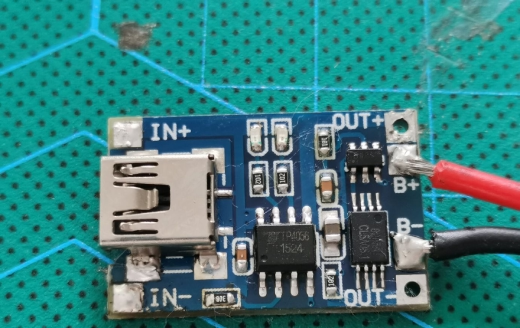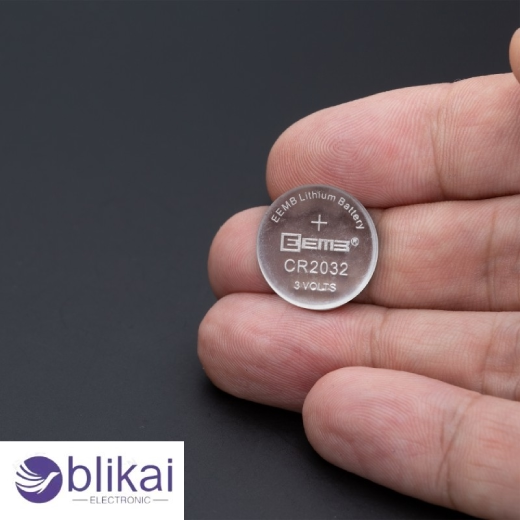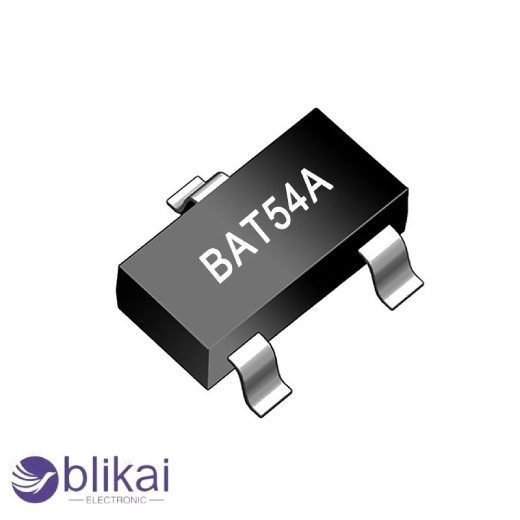
TP4056_module
What is the TP4056 Module?
A popular module for charging lithium polymer and lithium ion batteries is the TP4056. Their ease of use, effectiveness, and capacity to employ electrical factors have made them well-liked. For optimal safety and efficacy, proper use is crucial. Regardless of whether you use batteries professionally or just as a pastime. It is crucial to comprehend the safe usage of the TP4056 module.
Safety Considerations
1. Input Voltage:
The standard input voltage range for the TP4056 module is4.5 V to 5.5V. To avoid damaging the module, make sure the power force you connect is within this range.
2. Battery Compatibility:
Confirm that the TP4056 module and the battery you wish to charge are compatible. The capacities of lithium-ion and lithium-polymer batteries range from 500mAh to 1000mAh; still, for precise details, please relate to the datasheet.
3. Current Setting:
The charging current can be set using a resistor connected between the PROG pin and ground. Calculate the applicable resistor value to set the asked charging current.However, it could heat and sustain damage, If you exceed the maximum current recommended for your battery.
4. Heat Dissipation:
During operation, the TP4056 module may generate heat, especially when charging at higher currents. Ensure adequate ventilation or consider attaching a heatsink to the module if necessary to prevent overheating.
5. Charging Status Indication:
The charging state is displayed by the LED lights on the module (e.g., charging, charging). Examine these indications to make sure charging is operating correctly and to identify issues right away.
6. Overcharge Protection:
The TP4056 module includes an integrated overcharge safeguard. This is crucial for the security of batteries. To avoid overcharging, the Module automatically transitions to trickle charge mode when the battery is fully charged.
7. Connection Integrity:
Double-check all connections before initiating charging to avoid short circuits or loose connections, which can lead to malfunction or safety hazards.
Steps to Safely Use the TP4056 Module
1. Prepare Your Components:
Gather the TP4056 module, a suitable battery, a power source within the module’s input voltage range, and necessary resistors for current setting if required.
2. Connect Components:
-Attach the battery to the TP4056 module’s terminals B+ and B-.
-Attach the power supply to the module’s input terminal.
3. Set Charging Current (if adjustable):
Calculate and solder the appropriate resistor between the PROG pin and ground to set the desired charging current according to your battery specifications.
4. Monitor Charging:
-Observe the LED indicators to confirm that charging has begun and monitor throughout the process.
-If possible, periodically check the temperature of the module to ensure it remains within safe limits.
5. Completion and Safety:
Once charging is complete, the module will indicate this through its LEDs. Disconnect the power source and remove the battery from the module.
6. Post-Charging:
-Allow the battery to cool before further handling or use.
-Store the TP4056 module and battery in a safe place, down from humidity or extreme temperatures.
Common Issues and Troubleshooting
Overcharging and undercharging prevention tips:
Making sure the battery is duly charged to avoid overcharging and undercharging it’s one of the crucial issues when exercising the TP4056 module. When the battery uses up all of its available electricity and also keeps getting further, this is known as overcharging. Reduced battery life or even safety risks like swelling or leakage may arise from this. The end-of-charge voltage and current must be properly adjusted based on the battery’s specifications in order to avoid overcharging. Furthermore, when the battery reaches the ideal charge level, the charging process is stopped by using resistors with the proper values. As a result, it stops overcharging.
Handling overheating issues:
Another typical issue that can impact both the battery and the TP4056 module is overheating while charging. Usually, inadequate heat dissipation or high current are the culprits. It results in harm or decreased effectiveness. To handle overheating, ensure proper ventilation around the module and the battery. This includes using heat sinks if necessary and monitoring ambient temperatures during charging. Overheating issues can be avoided by examining the specifications of the module for compatibility and temperature limitations. and sustain safe operation for a considerable amount of time.
Best Practices for Longevity and Efficiency
Optimal charging current and voltage settings:
Opting the proper charging current and voltage will extend the life and functionality of batteries charged with the TP4056 module. The right charging current is chosen grounded on a number of variables, including battery type and capacity(e.g. lithium ion, lithium polymer). Pay attention to the manufacturer’s instructions and specs to help overpaying or undercharging. As a result, the battery’s health may gradually decline. Another way to avoid overcharging is to properly set the end-of-charge voltage. As a result, the battery can run at maximum capacity without going beyond safe limits. By understanding and implementing optimal charging parameters, users can enhance battery longevity and maintain efficient performance throughout their lifecycle.
Storage recommendations for charged batteries:
The capacity and wellbeing of charged batteries are preserved when not in use by following storage guidelines. Batteries should ideally be kept in a dry, cool environment. Avoid exposure to violent sun and veritably high temperatures. In particular, lithium-ion batteries should be stored kindly charged( between 40 and 60 percent of their capacity) to lessen the strain on the electrolyte and electrodes. Deep discharge can be avoided by routinely examining stored batteries and recharging them if the voltage falls below a certain threshold. The battery may sustain unrecoverable damage as a result. By following these storehouse guidelines, you can be sure that the battery will continue to work and be reliable when you use the TP4056 module in the future.
Conclusion
These guidelines will enable you to charge lithium ion and lithium polymer batteries with the TP4056 module in a secure manner. Being Aware of Specifications Safe charging setup and extended battery life are guaranteed by properly configured Process monitoring. For comprehensive specifications and further guidance unique to your application, always consult the data sheet for the module.




